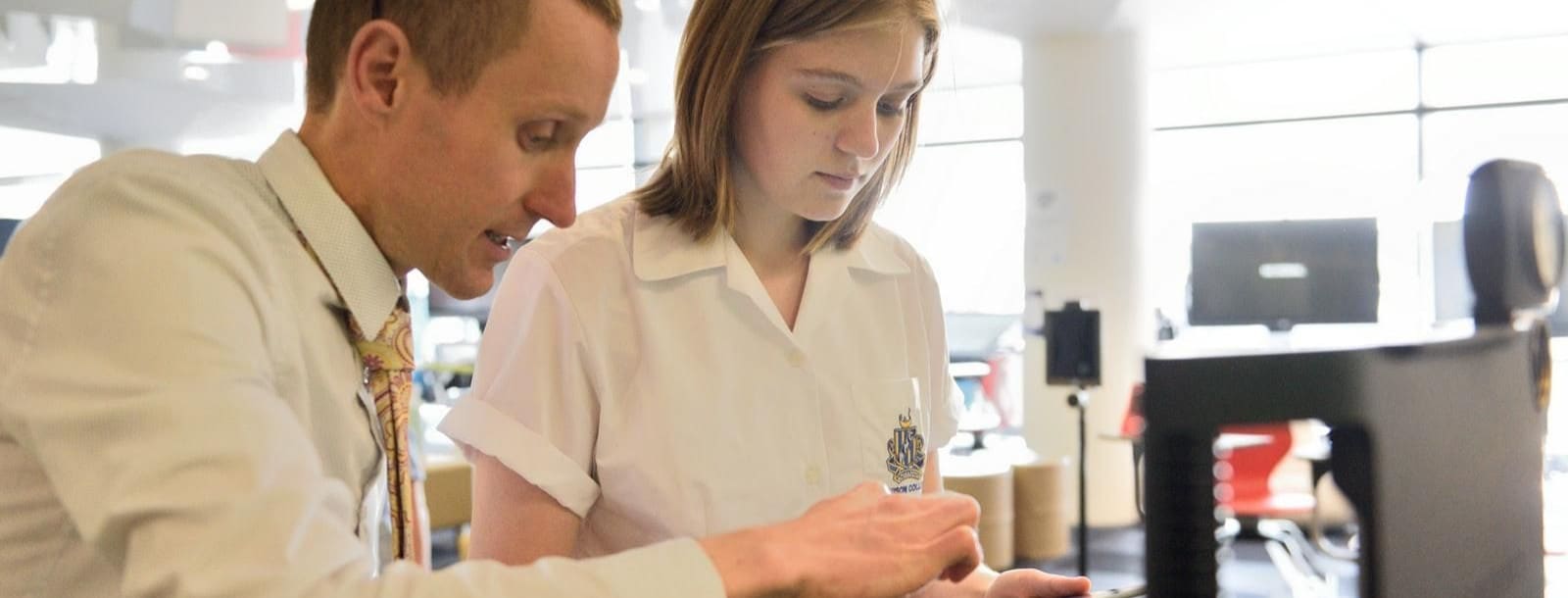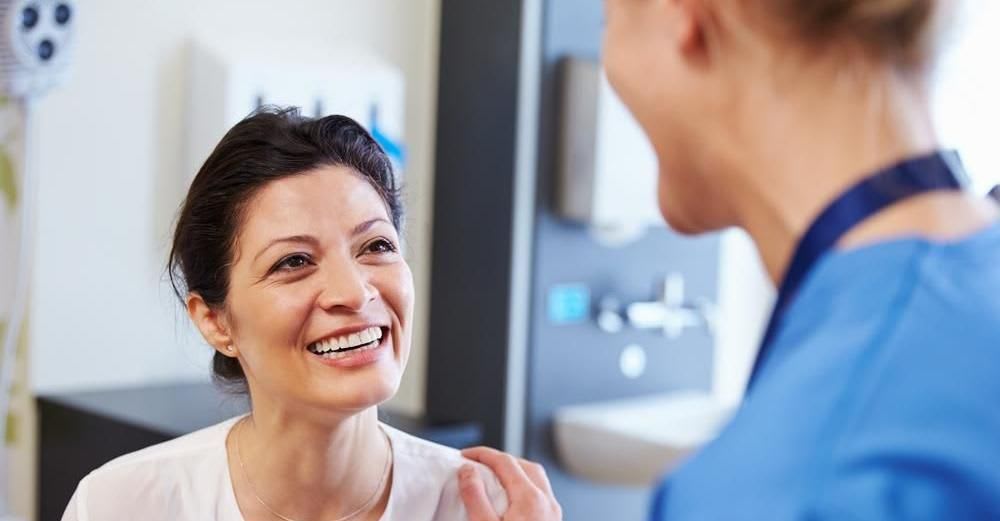What You Should Know About Medical Schools for the Coming Academic Year
Students all over the world work toward the goal of going to medical school. With September right around the corner, that goal is about to become a reality for many of them. Whether you’re among this group of excited admits or hoping to be at some point in the future, staying informed can be instrumental to success. To that end, we’ve rounded up the latest news on medical school aimed at keeping you in the know.
- Education

Students all over the world work toward the goal of going to medical school. With September right around the corner, that goal is about to become a reality for many of them. Whether you are among this group of excited admits or hoping to be at some point in the future, staying informed can be instrumental to success. To that end, we’ve rounded up the latest news on medical school aimed at keeping you in the know.
Changes to Know About
The Greek philosopher Heraclitus has been quoted as saying, “Change is the only constant in life.” This absolutely applies when it comes to medical school. Changes to the medical school landscape have made headlines across a number of subjects recently, including...
- New guidelines from the Association of American Medical Colleges (AAMC) will take effect.
U.S. News & World Report recently reported on changes to the medical school admissions process in 2019 due to new Association of American Medical Colleges guidelines regarding how applicants choose schools. These changes will impact the admissions timeline and also waitlist decisions for some students. Taking effect next spring, students will now be asked to choose one medical school by April 30th. Schools will not be allowed to communicate with each other about specific applicants, and will only know if a candidate selects their program. Students who receive multiple admissions will have the month of April to consider decision points including everything from location to finances to teaching styles. “The sooner you speak with everyone who factors into your decision, the better,” advises U.S. News & World Report.
The changes may also complicate the waitlist process in cases where students stay on waitlists only to change schools after the start of the academic year. “To avoid a preponderance of unfilled openings and, thus, a situation in which qualified students miss the opportunity to attend medical school, students as well as schools must adhere to high standards of professionalism. As per the AAMC guidelines, schools are encouraged to ask applicants about their intention to matriculate and whether they have already matriculated at another medical school,” adds U.S. News & World Report.
- Students are spending more money on test prep.
Getting into medical school is just part of the journey to becoming a physician. In addition to passing their classes, medical students also have to take licensing exams. And according to a Business Wire report, students are spending more money than ever before on mobile and online board review prep. The takeaway? If you want to keep up with the competition, don’t forget to plan for these expenses, which have increased significantly over the past five years for both US and international students.
- Mental health should be a priority -- for schools and students.
The AMA reported on notably high rates of burnout, depression, and other mental health issues among medical students and physicians alike, and the AMA House of Delegates’ (HOD) adoption of the AMA Council on Medical Education’s call for better understanding of the “systemic patterns and risk factors” impacting healthcare professionals. In addition to medical school’s stepping up their efforts to safeguard student mental health, medical students can also help reverse the trend by understanding the problem, prioritizing self-care, taking care of each other, and utilizing support resources.
- Medical school communities are increasing in diversity.
In June, STAT reported on an increase in the number of medical students from underrepresented populations. While this progress is worth celebrating, the work isn’t done yet when it comes to supporting these students. Pediatrician and university dean for diversity and community partnership, Dr. Joan Reede, says, “I’m not just interested in who gets a seat at the table, but whose voice is heard once they’re sitting there, and how much their voices influence policy.”
- Match Day continues to grow.
The National Resident Match Program (NRMP) in the US is the process through which student preferences for residency positions are matched with residency program preferences, and 'Match Day' is the life-defining event when matches are announced. According to the AMA, 2019’s Match Day set record highs with a whopping 38,376 applications submitted for 35,185 spots. The results were especially heartening for international medical school students with rising numbers for both US citizen international medical graduates and non-US citizen international medical graduates.
- The Inside Scoop on Admissions
So you’re not actually in medical school yet, but trying to get a jump on the process? Good news! A proactive approach will help you go far, as will staying abreast on the latest news in applications and admissions, including the following:
- Knowing what you’re getting into can help you navigate the way.
As with all things in life, the more you know about what’s ahead, the better prepared you’ll be. Try to read up on everything from the systems within healthcare to how treating nurses well can make your life immeasurably better.
- If you’re undecided, asking the right questions can offer invaluable insights.
While some people know they want to go to medical school when they’re still young enough to play doctor, others don’t know until much, much later. If you’re in the latter camp, The SGU Pulse’s blog offers seven questions which can help guide your decision.
- Do you know the optimal number of med schools to apply to?
According to U.S. News & World Report, multiple factors go into determining how many schools you should apply to. The article also provides tips for compiling your list of med schools to apply to.
- You’ll have more options to choose from.
The combination of globalization and increasing demand has led to a rise in the number of medical schools, according to intelligence from Market Industry Reports. Additionally, new collaborative models between medical schools have emerged.
- More Indian students are choosing to go abroad for medical school.
If you are an Indian student aspiring to medical school abroad, you’re in good -- and growing -- company! According to India Today, there’s been a “massive increase” in the number of Indian students choosing to study abroad in countries ranging from the usual suspects like the US, Canada, Australia, and the UK to increasingly viable options like Russia, China, Guyana, the Caribbean, the Philippines, and Ukraine.
It is often said that “information is power.” With this news at your fingertips, you can be a more powerful future medical professional -- whether you’re just starting the application process or you’re gearing up to matriculate in the near future...
Find your perfect program
Use our search to find and compare programs from universities all over the world!
M.D.
Joanna Hughes
Author
Joanna worked in higher education administration for many years at a leading research institution before becoming a full-time freelance writer. She lives in the beautiful White Mountains region of New Hampshire with her family.
Find a program in these categories
Read related articles

What You Should Know If You Want To Practice Medicine Abroad

Five Countries to Choose for Nursing Degrees
